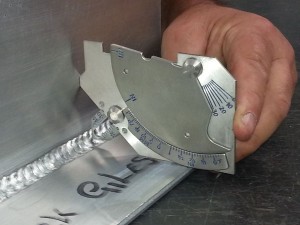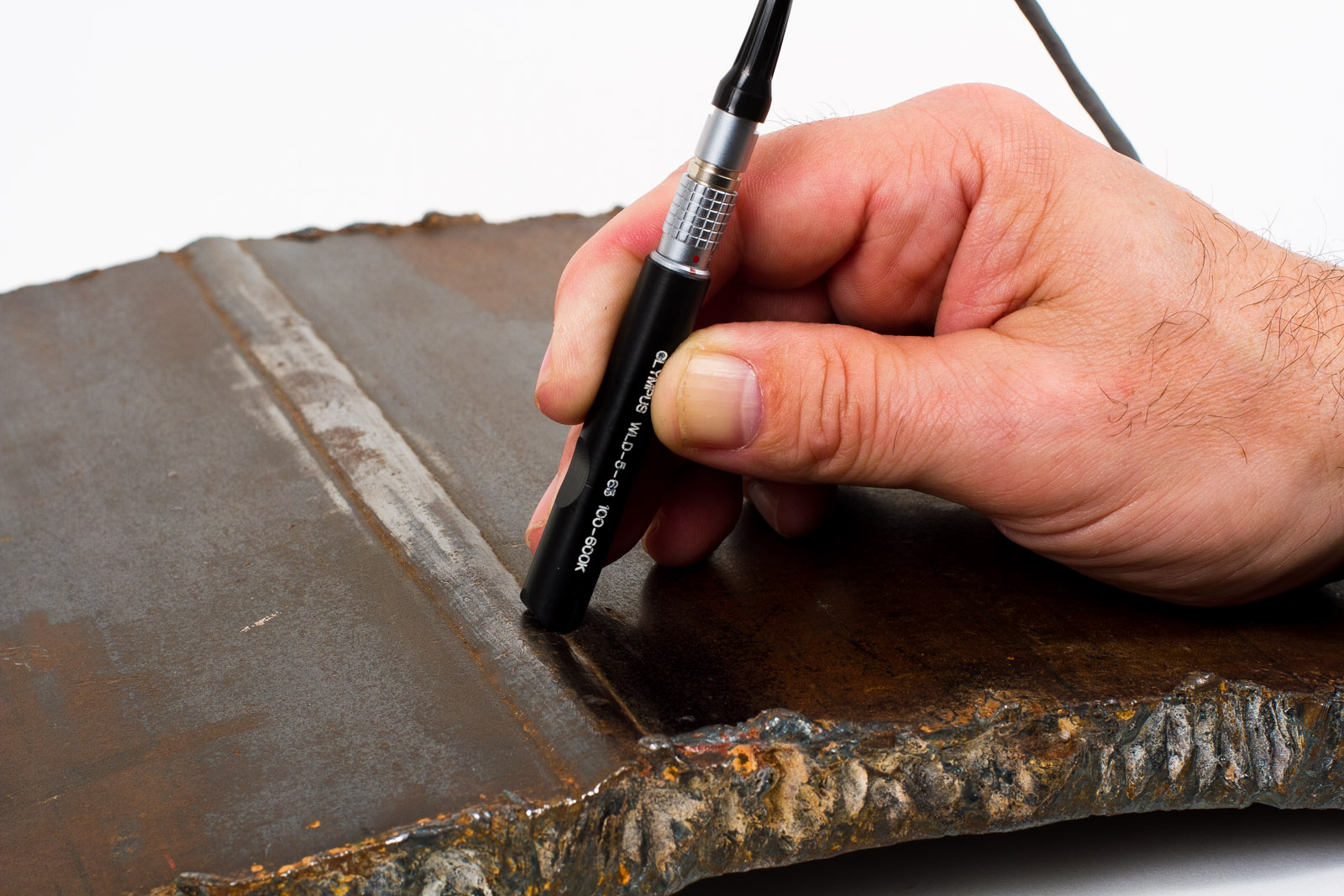Leading Advantages of Dependable Welding Inspection Milwaukee in Construction
A Comprehensive Checklist for Effective Welding Inspection Practices
In the realm of welding, the integrity of structures is vital, demanding a strenuous strategy to examination techniques. A thorough list acts as an essential tool in ensuring adherence to sector standards, incorporating necessary pre-welding, in-process, and post-welding examinations. By methodically attending to material confirmation, weld high quality, and comprehensive paperwork, organizations can substantially improve safety and security and efficiency. Nonetheless, what particular elements should be focused on in each phase to achieve optimum results? Exploring these crucial parts can produce insights that greatly effect welding operations.
Understanding Welding Criteria
Welding criteria play a crucial role in ensuring the high quality and safety of bonded structures and elements. These requirements establish the requirements for materials, procedures, screening, and assessment, thus providing a framework for consistent top quality guarantee in welding procedures. Various organizations, including the American Welding Culture (AWS), the International Company for Standardization (ISO), and the American Culture of Mechanical Engineers (ASME), have created comprehensive requirements that regulate various aspects of welding.
Recognizing welding requirements is crucial for specialists in the field, as adherence to these guidelines decreases the threat of problems and failures in bonded joints. These requirements cover details demands for weld top quality, consisting of appropriate resistances, the kind of welding techniques to be made use of, and the certifications needed for inspectors and welders.

Pre-Welding Examination Actions
Prior to any welding procedure commences, a thorough pre-welding evaluation is vital to identify prospective problems that might jeopardize the quality of the weld. This first step works as a vital structure for guaranteeing conformity with applicable welding codes and standards.
The initial action in the pre-welding inspection is to verify the materials being utilized. Next off, it is important to examine the fit-up of the elements to make sure correct placement and joint arrangement.
Additionally, reviewing the cleanliness of the surfaces is important; pollutants such as paint, rust, or oil can detrimentally affect the quality of the weld. Following this, an extensive analysis of the welding tools need to be performed, making certain that it is adjusted and in great working problem.
Last but not least, reviewing the qualifications of the welding employees is important. Welders should possess the necessary accreditations and experience to do the certain welds required for the project. By adhering to these pre-welding examination actions, the probability of problems and failures in the final weld can be dramatically lowered.

In-Process Examination Methods
In-process inspection techniques play a crucial duty in making sure the honesty and quality of welds as they are being carried out. These strategies allow inspectors to recognize problems or variances from specifications in real time, consequently preventing pricey repair work and making certain adherence to design requirements.
One secret technique includes visual assessment, where assessors assess the weld bead for uniformity, penetration, and correct account. This can be complemented by the use of evaluates to determine weld measurements, making sure conformity with fixed resistances. Additionally, the implementation of non-destructive testing (NDT) techniques, such as ultrasonic testing or magnetic particle testing, during the welding process can expose subsurface problems that might not be noticeable on the surface.
One more crucial element is keeping an eye on welding parameters, including voltage, amperage, and travel speed. Uniformity in these criteria is essential for attaining optimum weld top quality. Recording these parameters during the welding operation supplies a deducible record for future reference.
Training personnel in proper inspection strategies and making use of proper tools enhances the effectiveness of in-process inspections. By incorporating these techniques, organizations can achieve better welds, minimize rework, and eventually guarantee the safety and integrity of welded structures.
Post-Welding Top Quality Checks
Complying with the completion of welding procedures, post-welding top quality checks are important to verify that the welds satisfy all specified requirements and requirements. These checks are vital for guaranteeing the honesty and toughness of the welded joints. The examination process typically starts with a visual examination, examining for surface issues such as cracks, porosity, or insufficient fusion.
Ultimately, non-destructive testing (NDT) approaches, such as ultrasonic screening, radiographic screening, or magnetic bit screening, may be utilized to detect interior flaws that are not visible to the nude eye. Each approach has its unique benefits and is picked based on the weld's place, product kind, and the nature of the application.
Furthermore, validating dimensional accuracy is a crucial aspect of post-welding high quality see page checks. This entails measuring the weld's alignment, profile, and dimension to make certain compliance with engineering specifications. my link Evaluating the mechanical homes of the weld, consisting of tensile stamina and ductility, can offer further assurance of performance under operational problems. Generally, detailed post-welding examinations are essential for preserving safety and security, efficiency, and adherence to governing and sector requirements.
Documents and Reporting
How can reliable paperwork and reporting improve the welding inspection procedure? Accurate paperwork and extensive reporting are vital components that make sure the honesty and high quality of welding operations. Welding Inspection Milwaukee. They work as an official document of assessment searchings for, helping with accountability and traceability in compliance with industry standards

A well-structured coverage system allows examiners to plainly communicate any type of non-conformances, locations, or discrepancies calling for improvement. This openness cultivates an environment of continuous enhancement, as stakeholders can conveniently analyze previous performance and apply restorative activities.
In addition, reliable documentation consists of detailed records such as welding treatment specs (WPS), welder credentials, and inspection checklists. These components offer a framework for examining weld quality and adherence to established guidelines. In case of disagreements or top quality concerns, complete documentation acts as a dependable reference, minimizing uncertainty and shielding all parties involved.
Finally, maintaining organized documents assists in training and certifying employees, making certain that industry best methods are supported. Inevitably, meticulous documents and reporting not only boost the welding inspection procedure however likewise contribute to the overall safety and security and integrity of welded frameworks.

Final Thought
Finally, a detailed checklist for effective welding inspection methods is crucial for making certain high quality and safety in welded frameworks. Adherence to established welding standards, careful pre-welding assessments, strenuous in-process assessments, and extensive post-welding top quality checks collectively add to the integrity of bonded joints. Additionally, attentive paperwork and coverage of examination findings improve responsibility and facilitate constant renovation. Carrying out these techniques will substantially assist in compliance with industry requirements and like it inevitably foster a culture of high quality in welding operations.
Welding standards play a critical duty in making sure the top quality and safety and security of bonded frameworks and components. Numerous companies, consisting of the American Welding Society (AWS), the International Organization for Standardization (ISO), and the American Society of Mechanical Designers (ASME), have created thorough requirements that regulate various aspects of welding.
Adhering to the completion of welding operations, post-welding top quality checks are essential to confirm that the welds meet all defined requirements and requirements - Welding Inspection Milwaukee.In conclusion, an extensive list for efficient welding inspection techniques is important for making sure top quality and security in bonded structures. Adherence to developed welding requirements, meticulous pre-welding inspections, extensive in-process examinations, and extensive post-welding top quality checks jointly contribute to the stability of bonded joints